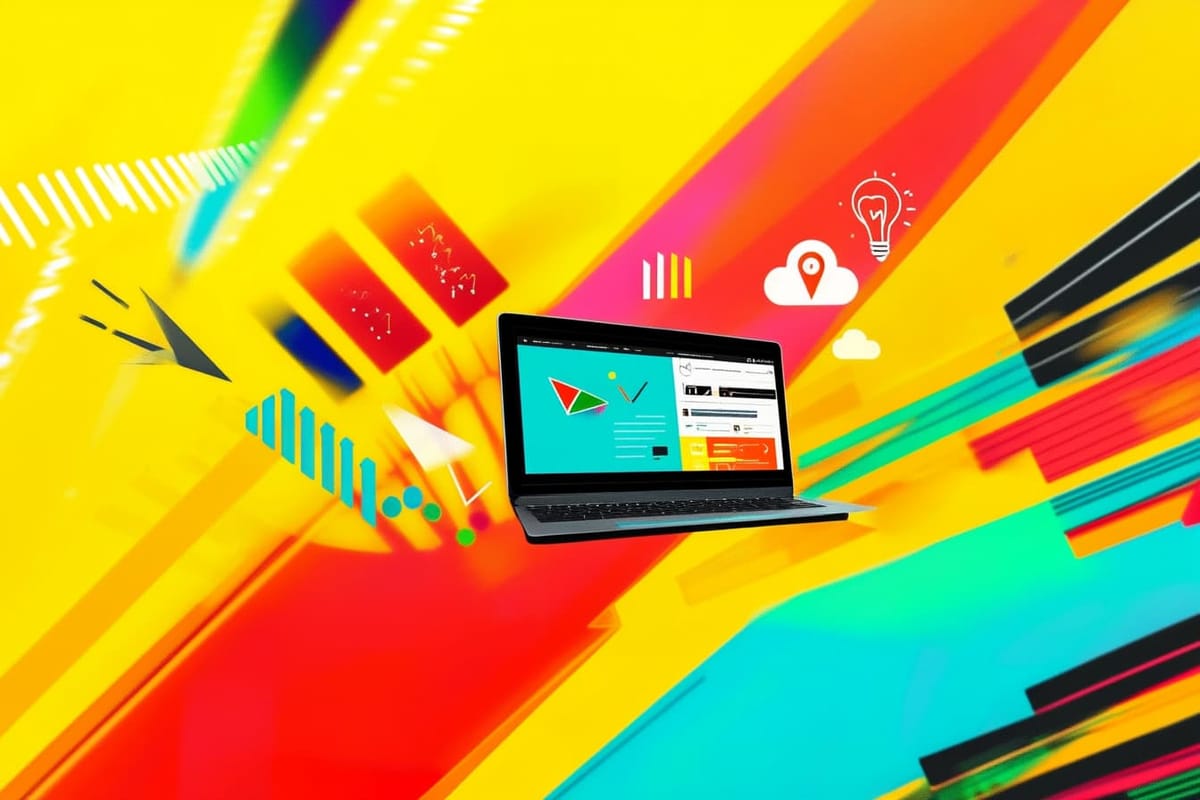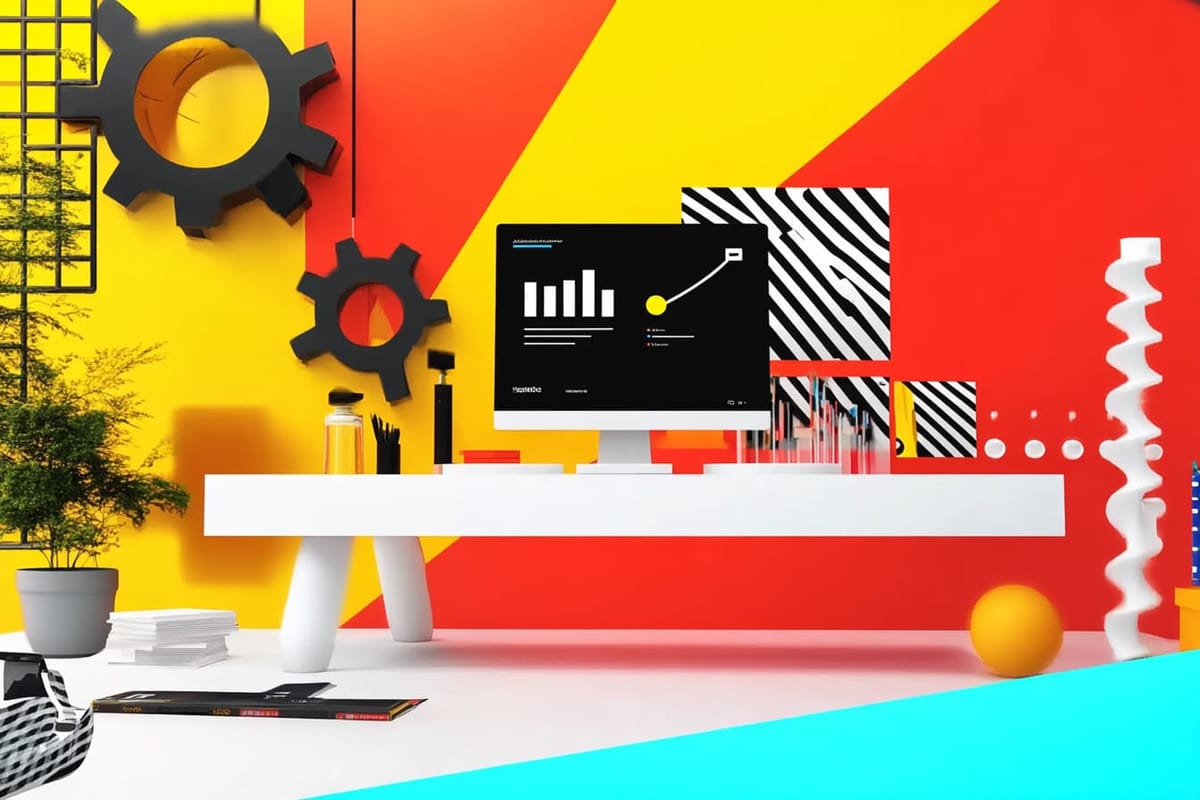Content Strategy for Solopreneurs
From email list to social media.

To run a successful solo business, you have to get really good at marketing. Without a steady stream of clients, you'll constantly be in the "feast or famine" cycle.
Marketing your business will involve creating content. But without a clear strategy in place, you won't get great results (at least, not compared to the amount of effort you put in).
If you're new to content strategy, here are some things to think about and the tactics you should use to make your strategy effective.
Get ridiculously clear about your audience
Your overall content strategy should identify your audience and your specific business goal. That way, you can make sure every piece of content you create is aligned with these two things.
First things first: what audience are you trying to attract with your content?
This is a big mistake I made when I first started creating content for my business a few years ago. I was knowledgeable about a lot of topics, so I talked about all of them.
After working with a brand designer, I narrowed my focus. I outlined (in writing!) who I'm trying to attract and what I want them to buy from me.
You can start by looking at your competitors. What do they talk about? How will you differentiate yourself from these people?
Build an email list
Much of marketing is outside of your control. Algorithms are ever-changing and social media platforms come and go.
But if you have an email list, you can contact your audience at any time. Your email list represents people who have chosen to hear from you. They may not open every email, but they're much more connected with you than your follower count elsewhere.
And most importantly, you own your email list. You can start building a list with any email marketing service, and take that list with you (via an export of subscribers) if you decide to change providers in the future.
Years ago, I went really viral on LinkedIn, racking up nearly 4 million views with a single post. I didn't have an email list. So while the viral post led to some opportunities, it could have led to much more if I had a way for people to sign up to hear from me again in the future.
I use Kit [affiliate link] as an email marketing platform, but there are a lot of other options like Flodesk, Mailerlite, beehiiv, or Substack.

Create a lead magnet
Email marketing platforms will let you create a landing page to collect email addresses. But people will often ignore these since they don't know what you plan to send.
You'll collect more email addresses if you offer something the person can download in exchange for their email address (also known as a lead magnet).
Here's the kicker: a good lead magnet should be really valuable. Don't just throw together something for the sake of creating a lead magnet. Make sure it's something your audience needs or wants.
I created a guide called 17 Smart Tools Solopreneurs Need to Start, Grow, and Scale,. I knew that sometimes solopreneurs struggle with knowing what apps and tools they need. My instinct was correct; the guide has been downloaded over 1,000 times
Start with one lead magnet, and over time, you can add more lead magnets to help grow your email list.
Create weekly long-form content
Next, you'll want to think about weekly long-form content: something that helps your audience get to know you better.
Long-form content might include:
- A newsletter
- A podcast
- Blog posts
- Webinars
- YouTube videos (like a tutorial)
Your content should be so valuable that people think, "Wow, I can't believe they give this away for free." (Same with your lead magnet.) That's how you build trust with your audience. When they're ready to buy whatever you're selling, they trust that your product/service will be good.
If weekly sounds too overwhelming in the beginning, start with bi-weekly. You can increase the frequency over time if it makes sense for your business.
Within your long-form content, you'll include a call-to-action (CTA) that drives people to your lead magnet. In the case of your newsletter, it's likely that you already have the person's email address (since they got your newsletter in the first place), but just in case it was forwarded, you'll want to give people a way to sign up to hear from you in the future.
Choose a social platform
Finally, you have to give people a way to find your content. The full buyer journey is:
- Person finds your long-form content
- Person downloads your lead magnet
- Person starts receiving your newsletter or email announcements
- Person decides to buy
But how do people get to step 1?
This is where you have to rely on social media. You talk about the topics that are interesting to your audience (that match your content strategy), in the hopes that they check out your profile. In your profile, you can include a link to your lead magnet.
You should also share your long-form content on social media; however, keep in mind that some social platforms de-prioritize posts with links in them. So you might not get a lot of reach with a post that includes a link to a blog post, for example.
Still, the more you create social content, the more opportunities you'll have to reach your audience.
Set aside time to work on content
Weekly, you need to spend time creating social posts and your long-form content. Block off some time on your calendar to work on this (like a Friday afternoon).
Make sure everything you create is tied back to your content strategy. I have a few main themes I talk about, and different lead magnets for each. I make sure I rotate through these themes and touch on different topics that are important to my audience.
Consistency is critical. Don't rush to create daily content for social platforms if you haven't built up the writing muscle yet.
Instead, focus on creating a cadence of social posts (maybe 3x per week) and one long-form piece of content to build your email list. That way, when you're ready, you can start contacting your email list with your offer.
Check out my free guide for creators looking to better manage their time and content across multiple platforms.






